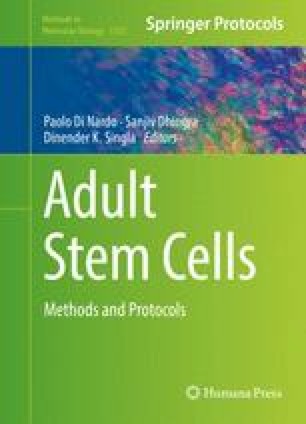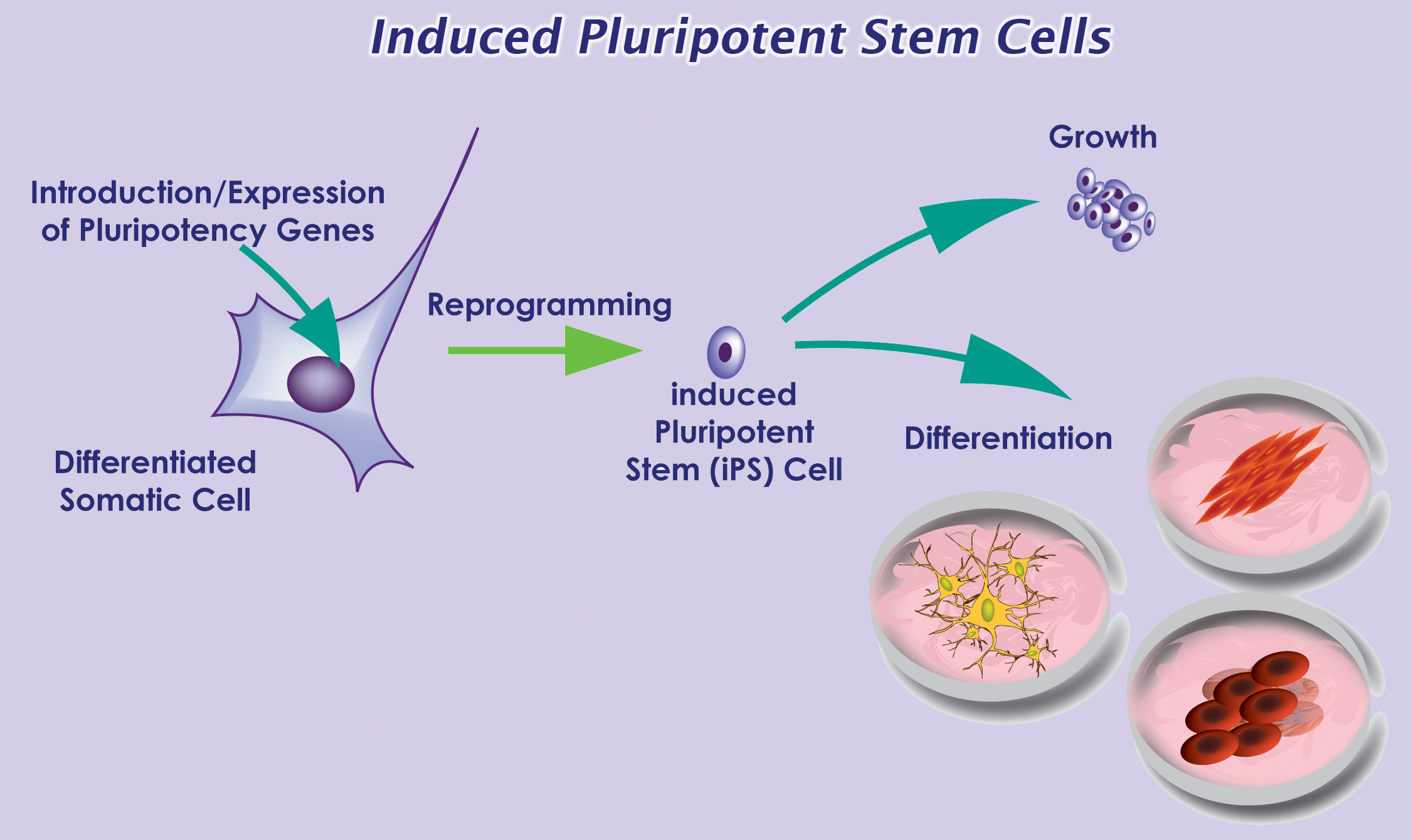

Adult pluripotent stem cells skin#
Moreover, MEFs, neonatal skin fibroblasts and adult lung fibroblasts are cells from the mesoderm. As fibroblasts are a heterogeneous population of cells 18, and the reprogramming efficiency of our approach was relatively low 16, the possibility remains that there exists within fibroblast culture a specific cell subpopulation with propensity for reprogramming. In the previous report, we generated CiPSCs from fibroblasts, including mouse embryonic fibroblasts (MEFs), neonatal skin fibroblasts and adult lung fibroblasts 16. Because of these advantages, the chemically induced pluripotent stem cell (CiPSC) approach provides a unique way to generate iPSCs and is a promising strategy for widespread use in the future. Thus, precise cell fate control can be rendered by manipulating the concentrations, treatment duration, and combinations of chemical compounds. Small molecules are cell permeable their effect is functionally reversible, and the treatmentcan be easily standardized.

This chemical approach is different from the traditional genetic approach, as it offers more flexible control of the complex signaling networks and epigenetic status in the cells during reprogramming 17. Recently, we have developed a novel approach to reprogram mouse somatic cells into pluripotent stem cells using only small molecules 16. Although several studies have proposed that iPSCs are predominantly derived from a rare cell population 4, 5, 6, numerous advances have been made in extending the application of iPS technology to other defined cell types, including keratinocytes 7, neural stem cells 8, 9, 10, hepatocytes 11 and hematocytes 12, 13, 14, 15. Induced pluripotent stem cells (iPSCs) are commonly generated by Oct4, Sox2, Klf4 and c-Myc (OSKM) overexpression. Somatic cells can be reprogrammed into pluripotent stem cells by ectopic expression of defined transcription factors 1, 2, 3.
Adult pluripotent stem cells full#
Together, these findings demonstrate that full chemical reprogramming approach can be applied in cells of different tissue origins and suggest that chemical reprogramming is a promising strategy with the potential to be extended to more initial types. Our analysis also shows that the use of these small molecules should be fine-tuned to meet the requirement of reprogramming from different cell types. Interestingly, the pluripotency gene Sall4 is expressed at the initial stage in the chemical reprogramming process from different cell types, and the same core small molecules are required for the reprogramming, suggesting conservation in the molecular mechanism underlying chemical reprogramming from these diverse cell types.


CiPSCs derived from NSCs and IECs resemble mouse embryonic stem cells in proliferation rate, global gene expression profile, epigenetic status, self-renewal and differentiation capacity, and germline transmission competency. Next, we demonstrate that neural stem cells (NSCs) from the ectoderm and small intestinal epithelial cells (IECs) from the endoderm can be chemically reprogrammed into pluripotent stem cells. Here, using lineage tracing, we first verify the generation of CiPSCs from fibroblasts. However, whether chemically induced pluripotent stem cells (CiPSCs) can be derived from other cell types remains to be demonstrated. Recently, we reported a chemical approach to generate pluripotent stem cells from mouse fibroblasts.


 0 kommentar(er)
0 kommentar(er)
